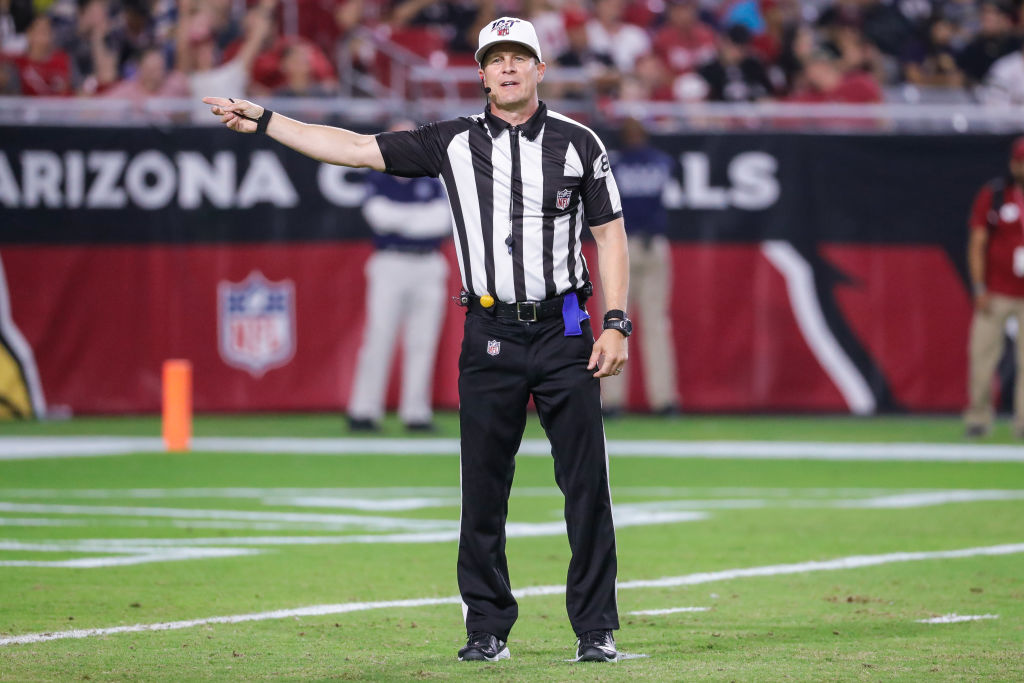In addition to an increase in stoppages for challenges and reviews, game flow in the NFL has been increasingly interrupted thanks to a rise in penalty flags.
Through Week 9 of the season, there were 14.4 accepted penalties per game on average, up almost a full flag compared to last season. If that rate continues to rise at the same pace, the NFL will top its highest penalty rate since the 1970 merger (14.5 in 2005).
To help combat the rising penalty problem, ESPN’s Brian Burke of the analytics department suggests the NFL should actually increase the amount of penalty yardage each infraction would incur.
Burke’s logic is that if penalties resulted in a higher amount of lost yardage, players and teams would have more motivation to avoid them.
“Logic suggests the best solution is to increase the cost of several of the most common penalties, particularly for infractions that are sensitive to deterrence, such as holding and pass interference,” Burke writes. “This reform would reduce both the number of infractions and, given the same rate of enforcement per infraction, the total number of flags.”
Among a number of proposed changes, Burke suggests offensive holding should be changed from a 10-yard penalty to a 15-yard infraction and that defensive holding and illegal contact penalties should go from five to 10 yards. He also calls for defensive pass interference spot fouls to include an extra five or 10 yards of penalty yardage and for personal fouls to increase from 15 to 20 yards.
Subscribe here for our free daily newsletter.
Whether you’re looking to get into shape, or just get out of a funk, The Charge has got you covered. Sign up for our new wellness newsletter today.
